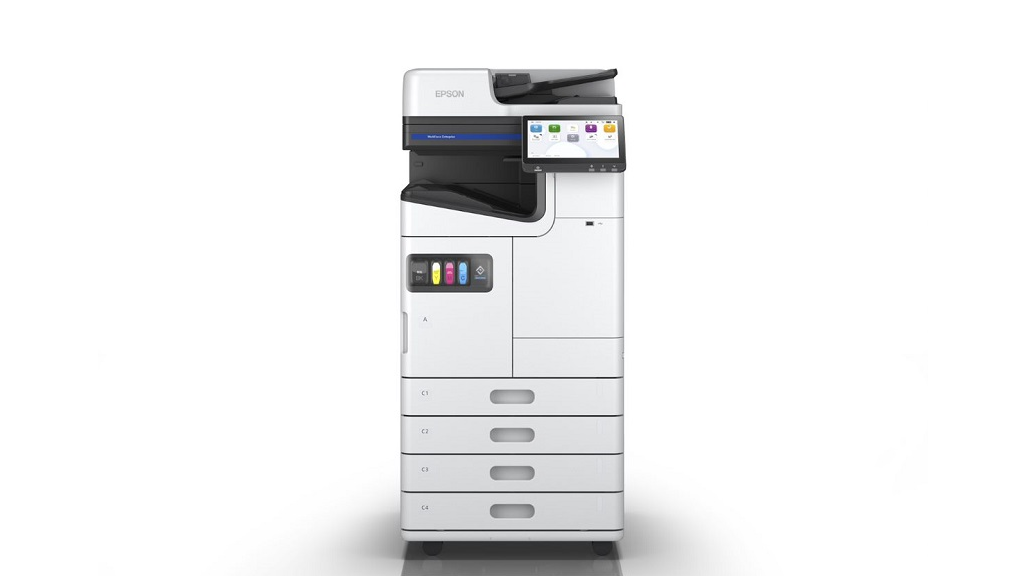
Although it may seem otherwise, the food industry It is in the process of digitization. Its main barriers to development are technological problems and access to finance.
The Challenges 4.0 project, promoted by Atlas Tecnológico between organizations such as cooperatives, poultry and pig farms, wineries and manufacturers of cheeses, biscuits and processed cereals, aims to detect these types of problems.
Within this project, carried out jointly with Vitartis, Atlas Tecnológico has carried out a study in more than 120 companies in the agri-food sector with the aim of knowing these limitations that prevent the Spanish food industry from being equal to that of our European partners.
Unequal situation
For the participants, the technological level of their companies is notable, 7/8 out of 10, although the score falls significantly in companies linked to the primary sector.
Regarding the general technological level of the sector, they considered that it is situated on average 2/3 points below that of their companies, because many organizations do not know all the available technologies and do not have experience in the integration or development of technological projects. Added to this is the lack of funding necessary to develop this type of project.
Automated processes
When approaching automation, the positions were disparate given the casuistry of each sector and each process, something that happens within some companies, is the case of wineries where there may be smart warehouses and, at the same time, fermentation is carried out in barrel that requires significant manual involvement, which may only account for 1% of production, but which is critical for the quality of the product and the image of the brand.
In this way, there are companies where the added value resides in the processes manually and others that carry out the complete cycle, from production to transformation, with different levels of automation in the different areas of their business. In the case of transformation companies, the level of automation is very high, which allows them higher production volumes.
53% of companies consider automation as one of the five priority challenges facing the agri-food sector, the order of priority being widely distributed among the top five positions, winning fifth place with 20% of those interviewed.
Interconnected systems
The companies that have several interconnected systems (MES, CMMS, ERP, CRM …) indicated that some department was missing to interconnect, although the degree of interconnection is high, around 80%. levels of digitization, there is a major gap between large and small companies, with a large majority of small companies where data entry, if they have any, to these systems is done manually.
The great demands of the market have caused the optimization of resources to be essential, and for this it is necessary to have a single source of data where transparency predominates and increases trust in information, to focus forces on how to optimize that value and leave aside internal debates about the origin and veracity of the same, that remains latent, in that 40% of those interviewed, position this challenge in the first position and 86% have it among the top five.
Technological boost
Among companies with fewer than 50 workers, some have departments that deal with solve technological problems and apply the roadmap. In others, they organize these issues from the management. On the other hand, in the larger ones there is a specific department to develop technological projects.
Regarding decision making, the method is highly variable: IT department, annual meeting, monthly innovation committee …
Depending on the size, the volume of turnover, the type of product they produce, companies with a lot of manual work have a lot of staff, but little technical, companies, although small, but with their fairly automated processes, the level of technification in their workers rises . Thus we can say that from one to 10 workers (no technological experts) from 10 to 25 workers (most external technicians) from 25 to 50 we can already speak of one or two IT specialists, in those of more automated processes, in which they are not as automated, they tend to outsource the services or there is a computer scientist in the multitasking team.



